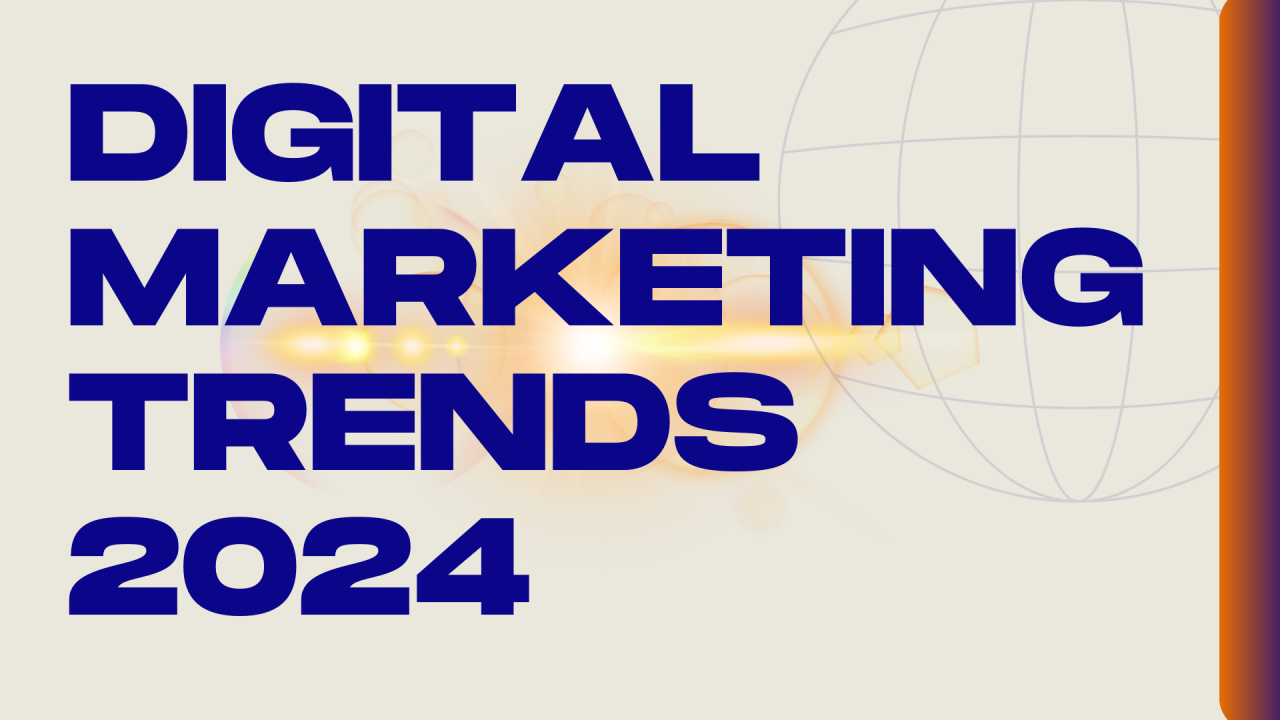
The digital advertising landscape is continually evolving, driven by technological advancements, shifting consumer behaviors, and new regulatory frameworks. As we move into 2024, several key trends are set to shape the future of digital advertising. Staying informed about these trends can help businesses adapt their strategies and remain competitive. Here are the top 10 trends in digital advertising for 2024:
1. Artificial Intelligence and Machine Learning
1.1 Enhanced Personalization
AI and machine learning are revolutionizing digital advertising by enabling hyper-personalization. AI algorithms can analyze vast amounts of data to deliver highly targeted ads based on individual preferences, behaviors, and past interactions. This level of personalization improves engagement and conversion rates, making ads more relevant to users.
1.2 Predictive Analytics
Predictive analytics, powered by AI, helps advertisers anticipate future trends and consumer behaviors. By analyzing historical data, AI can forecast purchasing patterns, optimize ad spend, and identify new opportunities for growth. This proactive approach allows businesses to stay ahead of the competition.

Top 10 Trends in Digital Advertising for 2024
2. Privacy-First Advertising
2.1 Adapting to Privacy Regulations
With increasing concerns about data privacy, privacy-first advertising is becoming a major trend. New regulations, such as the GDPR and CCPA, require advertisers to prioritize user consent and data protection. Businesses are adopting privacy-friendly practices, such as using first-party data and providing clear opt-in options for users.
2.2 Transparent Data Practices
Transparency in data collection and usage is essential for building trust with consumers. Advertisers are focusing on clear communication about how user data is collected, stored, and used. Implementing transparent practices not only complies with regulations but also enhances brand reputation.
3. Voice Search and Voice Commerce
3.1 Growing Adoption of Voice Assistants
The popularity of voice-activated devices, such as Amazon Alexa and Google Assistant, is driving the growth of voice search and voice commerce. Advertisers are optimizing their strategies for voice search by incorporating conversational keywords and creating voice-friendly content.
3.2 Voice-Activated Ads
Voice-activated ads are emerging as a new format, allowing users to interact with ads through voice commands. This innovative approach enhances user engagement and provides a more immersive ad experience.
4. Interactive and Immersive Ad Formats
4.1 Augmented Reality (AR) Ads
AR technology is transforming the way consumers interact with ads. Augmented reality ads offer immersive experiences, such as virtual try-ons and interactive product demos. This engaging format helps brands create memorable experiences and drive higher engagement rates.
4.2 Interactive Video Ads
Interactive video ads enable users to engage with content through clickable elements, quizzes, and polls. This interactive approach keeps viewers involved and encourages them to take action, such as making a purchase or signing up for more information.
5. Short-Form Video Content
5.1 Rise of TikTok and Reels
Short-form video content continues to gain popularity, driven by platforms like TikTok and Instagram Reels. Advertisers are leveraging these platforms to create engaging, bite-sized videos that capture attention quickly. Short-form videos are ideal for delivering concise messages and driving brand awareness.
5.2 Shoppable Videos
Shoppable videos allow users to purchase products directly from video content. By integrating shopping features into videos, brands can streamline the purchasing process and enhance the user experience.
6. Programmatic Advertising Innovations
6.1 Advanced Programmatic Strategies
Programmatic advertising is evolving with the introduction of new technologies and strategies. Innovations in real-time bidding, AI-driven optimization, and cross-channel programmatic advertising are enhancing the efficiency and effectiveness of ad campaigns.
6.2 Contextual Targeting
Contextual targeting, which focuses on the content of the webpage rather than user data, is gaining traction. This approach ensures that ads are relevant to the content being consumed, improving user experience and ad relevance.
7. Sustainability and Ethical Advertising
7.1 Eco-Friendly Ad Practices
As consumers become more environmentally conscious, brands are adopting sustainable advertising practices. This includes using eco-friendly materials for physical ads, reducing digital ad waste, and supporting green initiatives. Sustainable advertising not only appeals to eco-minded consumers but also enhances brand credibility.
7.2 Ethical Advertising Standards
Ethical considerations are becoming increasingly important in digital advertising. Brands are focusing on promoting positive social impact, avoiding misleading claims, and ensuring inclusive representation in their ads. Ethical advertising practices help build trust and foster long-term customer relationships.
8. Enhanced Mobile Advertising
8.1 Mobile-First Strategies
With the continued rise of mobile device usage, mobile-first advertising strategies are essential. Advertisers are optimizing their content for mobile screens, ensuring fast loading times, and leveraging mobile-specific features, such as location-based targeting.
8.2 In-App Advertising
In-app advertising is becoming a dominant format, as more users engage with mobile apps. Advertisers are creating seamless ad experiences within apps, such as rewarded video ads and native ads, to drive engagement and conversions.
9. Influencer Marketing Evolution
9.1 Micro and Nano-Influencers
The influencer marketing landscape is shifting towards micro and nano-influencers. These influencers, with smaller but highly engaged audiences, offer more authentic and cost-effective partnerships. Brands are leveraging these influencers to reach niche audiences and build genuine connections.
9.2 Long-Term Partnerships
Long-term partnerships with influencers are gaining popularity over one-off collaborations. Building lasting relationships with influencers allows brands to create more authentic content and benefit from sustained engagement.
10. Blockchain and Transparency
10.1 Ad Fraud Prevention
Blockchain technology is being explored as a solution to combat ad fraud. By providing transparent and immutable records of ad transactions, blockchain helps ensure that ad spend is used effectively and reduces the risk of fraudulent activities.
10.2 Enhanced Data Security
Blockchain also enhances data security by providing secure and transparent data management. This technology helps protect user information and ensures that data is handled ethically and in compliance with privacy regulations.
Conclusion
The digital advertising landscape is rapidly evolving, with new trends and technologies shaping the way brands connect with consumers. By staying informed about these top 10 trends for 2024, businesses can adapt their strategies to leverage emerging opportunities, address challenges, and drive impactful results. Embrace these trends to stay ahead in the competitive world of digital advertising and continue delivering compelling and effective campaigns.
